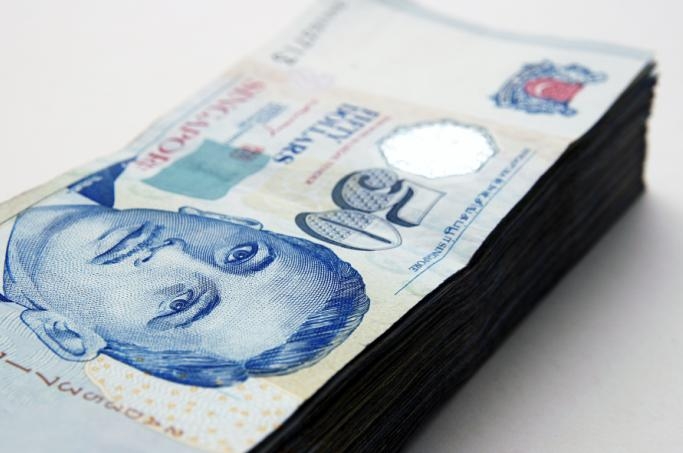
Risk currencies advance amidst USD weakness
The local currency finally made a meaningful break through the 1.22 level, says IG Markets Singapore.
IG Markets Singapore said:
The Singapore dollar finally made a meaningful break through the 1.22 level as general USD weakness was seen across the board, and risk currencies advanced.
The main focus in yesterday’s trade was Europe once again, with improving sentiment and the door opening for a Spanish credit line to the ESM rather than a full bailout. In addition, Moody’s did not follow S&P’s lead and downgrade Spanish debt in to junk status.
This morning we saw that Non-oil Domestic Exports drop YoY by 3.4% and rise by 1.6% MoM, both worse than expected, but this has had little effect on moving the SGD and we remain towards the session lows of 1.2180.
The focus remains on the macro-economic global outlook for direction and the main influence impacting on the SGD is the fact that the MAS policy remained unchanged last week.
Tomorrow’s Q3 GDP data from China will be this week’s key data point for risk currencies, especially in Asia.
DBS Group Research meanwhile noted:
Asia is taking over from New York session in pushing the euro higher, or the US dollar lower. In overnight markets, EUR/USD closed at 1.3054, just below its 300-day moving average at 1.3066. This morning, EUR/USD traded to a high of 1.3124 this morning. The currency pair will now attempt to break the 1.3169 peak achieved on September 14, the knee-jerk high after the Fed announced QE3 on September 13.
Breaking above this level will open the door for EUR/USD to test two major resistances, the 400- and 500-day moving averages at 1.3387 and 1.3426 respectively. More importantly, it has potential to establish a traditionally weak USD tone into Christmas.
The firm tone for the euro was evident from its reaction to decisions on Spain’s debt rating. On October 10, Standard & Poor’s downgraded Spain by two notches to BBB- from BBB+. That was the day EUR/USD posted its lowest daily close and started to rally. Yesterday, EUR/USD pushed above 1.30 on Moody’s decision to keep Spain’s rating unchanged. Are markets complacent? Not really. S&P was simply bringing its debt rating to the same level as Moody’s.
More importantly, these actions did not bring Spain’s government bond yields higher. Throughout this Eurozone crisis, the euro break-up risk was directly linked to borrowing costs rising to unsustainable levels for struggling EU countries. This risk has been mitigated by the European Central Bank’s (ECB) Open Market Transaction (OMT) Scheme. In this regard, Spain officially asking for a bailout is now viewed as a good thing.
On the data front, there is no denying that September had offered more upside than downside surprises, especially in the US. While many have dismissed this to the more monetary easing in the advanced economies, none are denying that a stable euro is necessary as platform to rebuild confidence too.
In this regard, the return of a weak USD environment on the back of QE3 and US fiscal cliff risks should be viewed as a positive counterbalance to euro weakness. Put simply, a weak USD is now helpful for the global recovery. That’s why Asian currencies are starting to appreciate again, with the rising Australian dollar also reaffirming the hope.
























 Advertise
Advertise






